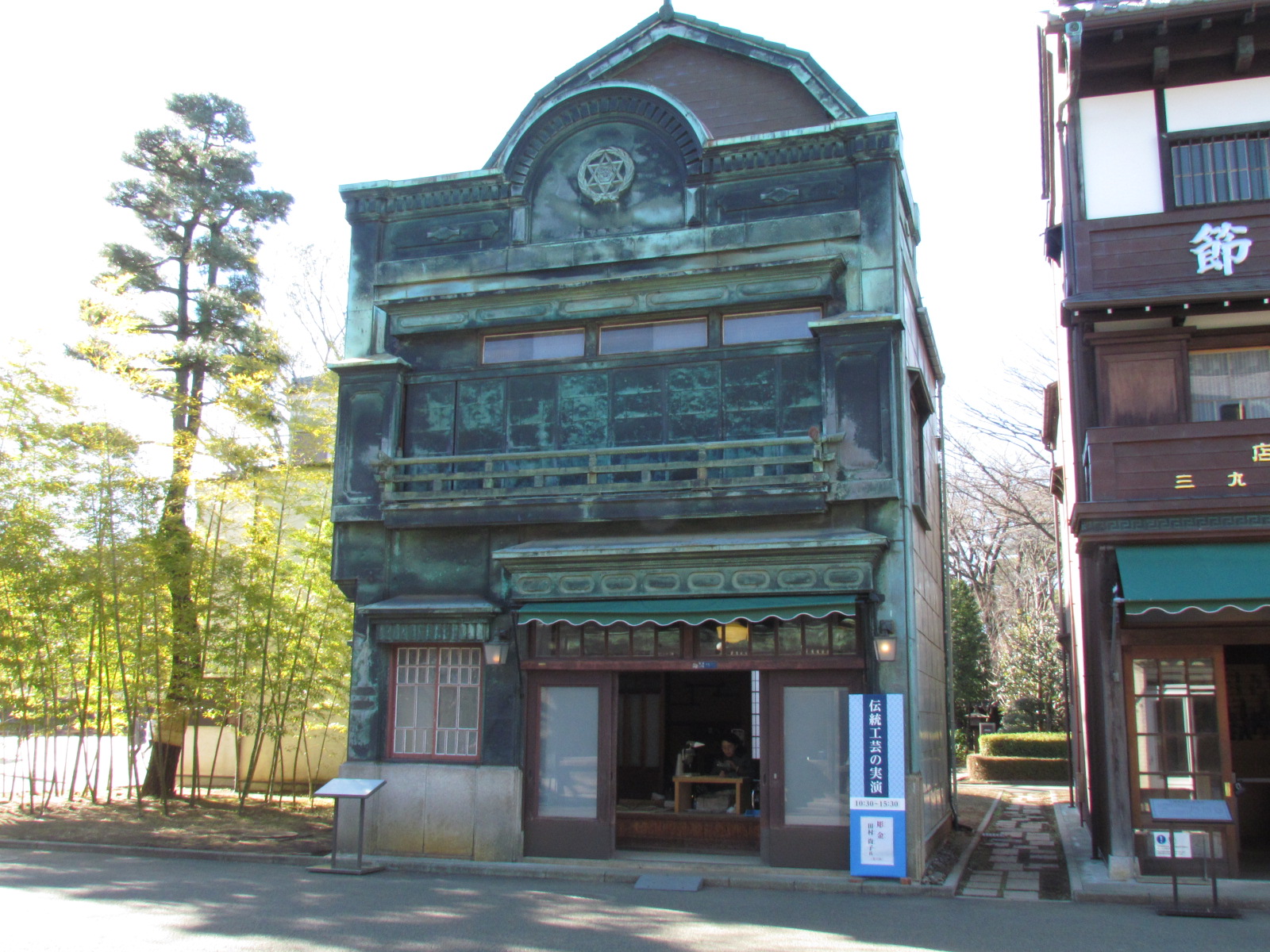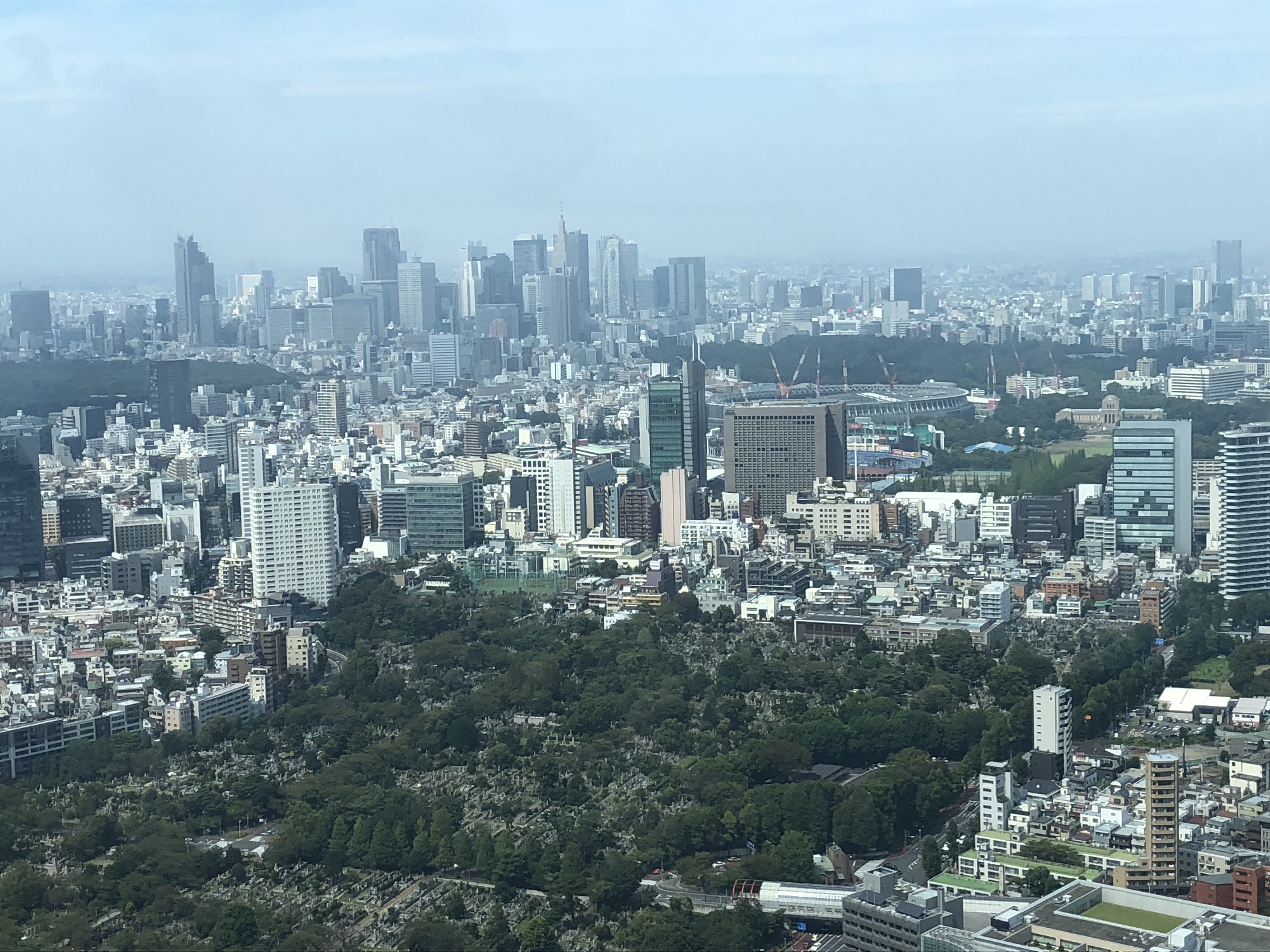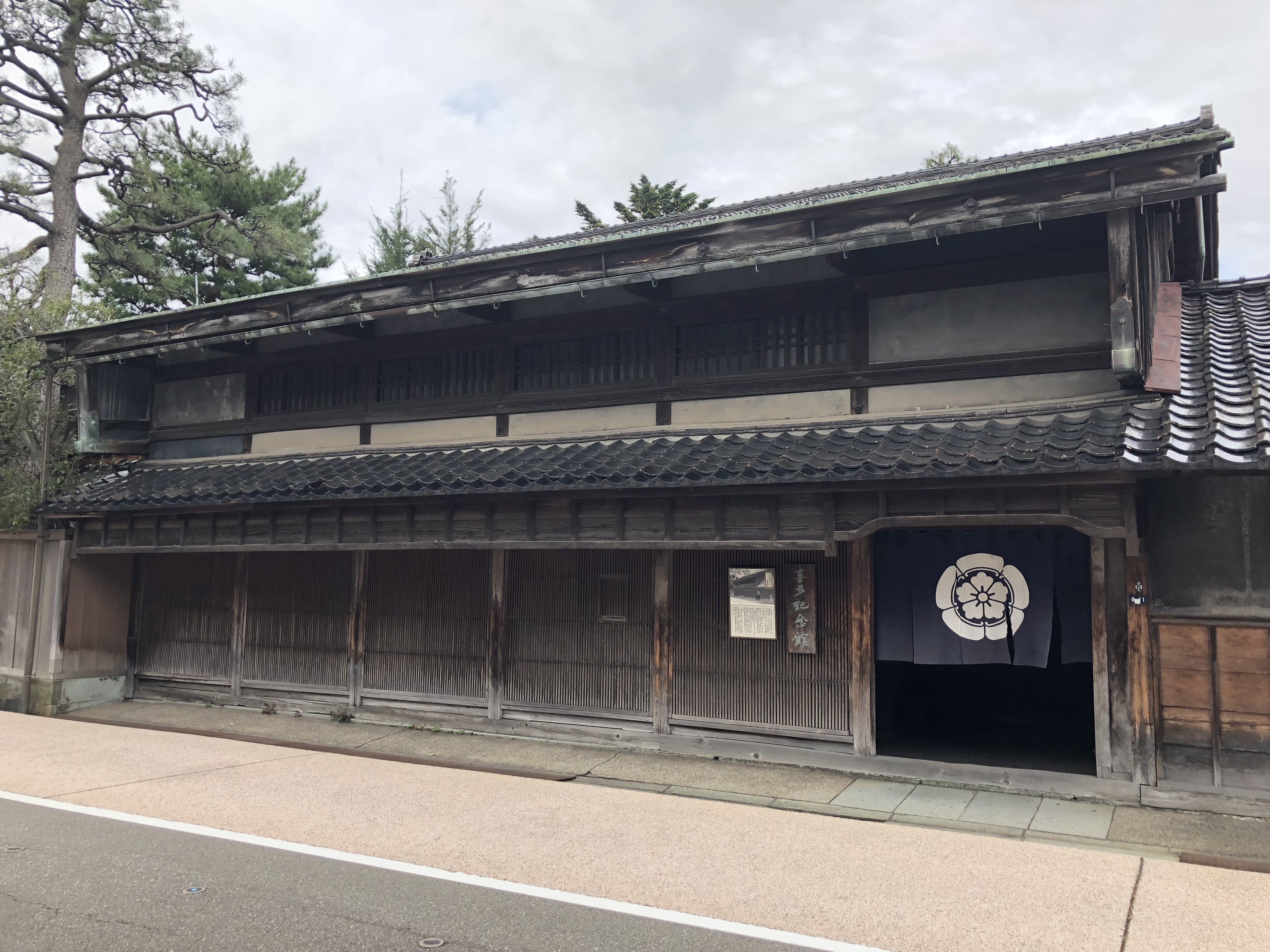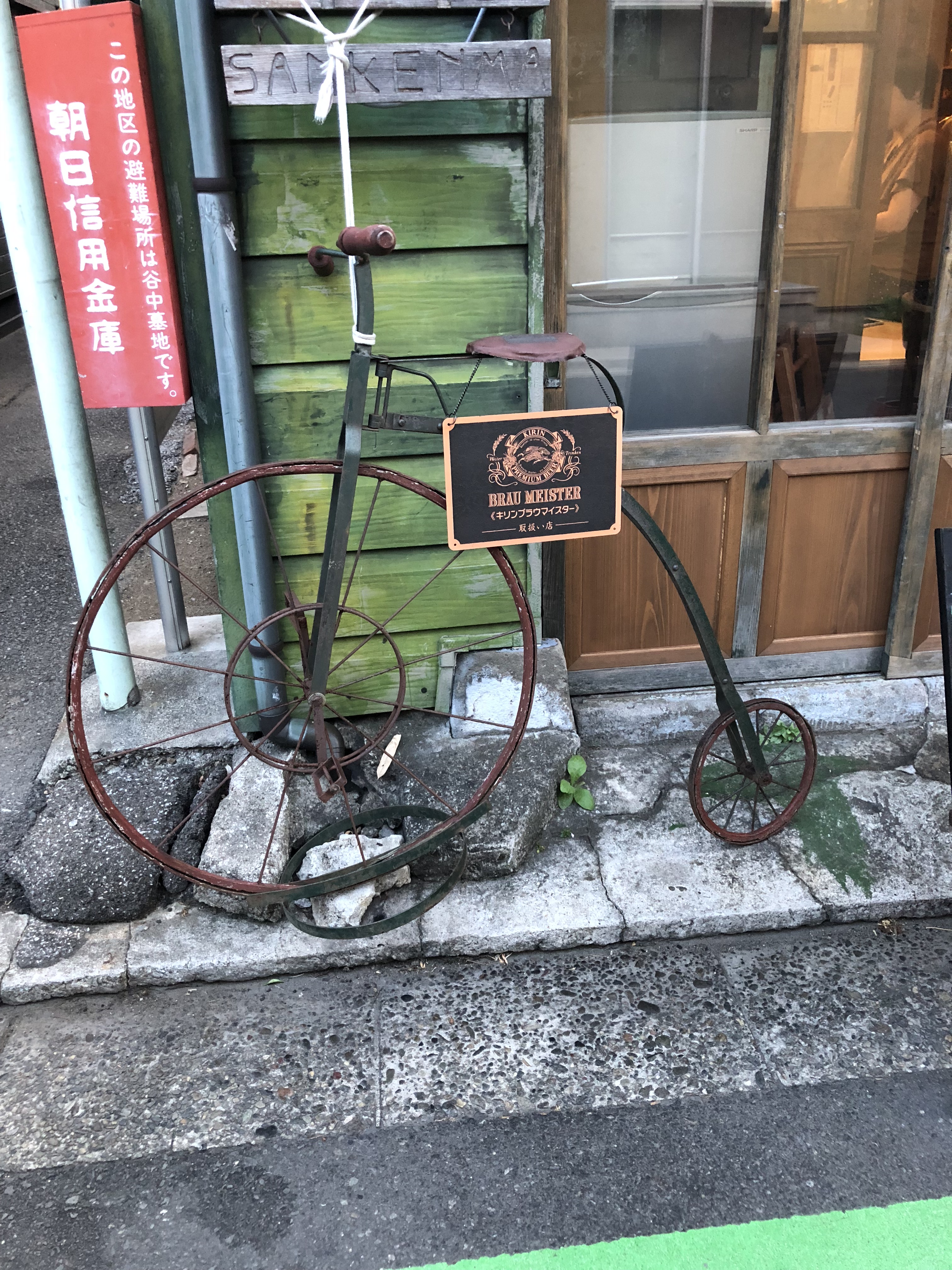Traditional Japanese shops have unique facades. Among many kinds of interesting facades, I like “Kanban Kenchiku”. Kanban means billboard and Kenchiku means architecture. The architecture itself becomes a tool of advertisement.
1. Typical Facade of Kanban Kenchiku
It’s easy to understand billboard architecture if you see the photo.

the facade of the soba noodle shop
This is the entrance of a soba noodle shop. On the upper side of the entrance, the name of the restaurant is written on the wall. That makes a wall of the restaurant “billboard”. Such billboard architecture is interesting because the taste of the facade is usually quite different from the rest of the architecture.

As you can see in the above photo, they attached the facade part after they built the original house. So there is a sharp division between the original part and the attached facade.
2. The Origin of Kanban Kenchiku
Kanban Kenchiku was first constructed after the Great Kanto Earthquake. This earthquake hit Tokyo and the surrounded Kanto area in 1923 and destroyed a large part of Tokyo. Therefore, they needed rapid reconstruction. So they built barracks and decorated only facades apart from the rest of the buildings. That was the origin of Kanban Kenchiku.
During the reconstruction period after the World War II, Kanban Kenchiku emerged again. Today, you can still find some of those architecture.
Edo Tokyo Open Air Architecture Museum in Western Tokyo preserves such old style of architecture. Their leaflet explains briefly about Kanban Kenchiku. See the description of E-6, E-7, E-9 and E-13 of the leaflet which are billboard architecture (In this leaflet, they call it “Kanban style).
3. Interesting Facade of Kanban Kenchiku
Kanban Kenchiku still remains on old shopping streets. For example, the western part of Hongo Avenue near University of Tokyo has many Kanban Kenchiku. Some of those facades are distinctively interesting.
For example, these are facades of a former electric appliance shop and a former book shop. Both shops are closed for some time and the owner of the building are looking for tenants.

Former Sanyo Electric Appliance Shop and Former Nanyo-do Book Shop
Both facades are western style but I think the back side of these buildings are Japanese architecture. I could not see the back of the book shop but I could see the side of the electric appliance shop.

The side of Former Sanyo
You can clearly see the distinction. Moreover, this shop looks like a semi-detached house, but actually it is not. It looks as if the two building stick to each other. But if you take a close look at it, then…

Facade of a former electric appliance shop
Now you can see the roof covers the both sides. Actually, this must be one building. With some reason, interestingly, they cut the facade into two parts and completely changed the right side. As a result, the electric appliance shop has a half of the original facade. The right side of the building used to be some shop but this one is also closed. Such a style of architecture is very interesting but because the buildings become old, many of those shops are now closed.
4. Some Remain, Some Gone
There are many billboard architecture along Hongo Avenue. But I thought since most of them are old, they might disappear sooner or later. So I decided to take photos of them. I did so last year and recently I visited there again. I realised some of the shops are closed. Some changed the tenants. And unfortunately, some of them simply disappeared.

La Strada di Campagna and Obunsha Bookshop
I took the above photo in February 2019. The pink facade is an Italian restaurant and the left-side grey building was a bookshop. Both building are Kanban Kenchiku. As of May 2020, the restaurant is still open. However they closed the bookshop. What’s worse, the building itself is already gone!
Cafe Rio had a simple facade of billboard architecture. This was an old coffee shop where students and professors of University of Tokyo used to visit. But they closed the shop. I hope they can find new tenants so that the building remains here.
The good news is that some of the shops create modern-type of facades.
Ogiya is a traditional shop that sells Japanese sweets. I don’t know when but they replaced the old building. But they put their logo on the wall above the entrance of the shop. That makes the facade as billboard. So this is not really billboard architecture but they keep the past atmosphere.
Restaurant Darjeeling is also in a newly built building. But they have a signboard on the wall. This could be a modern-day billboard architecture.
If you are interested in the facades along Hongo Avenue, I have an album on Google Photo.








